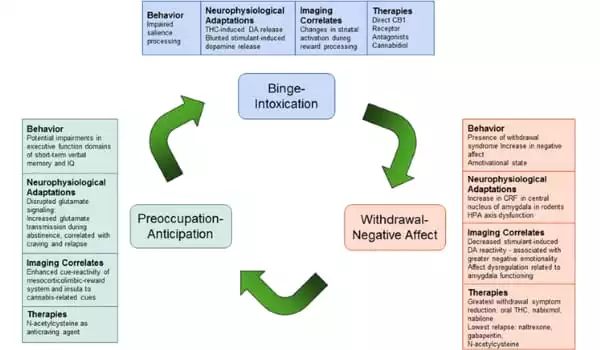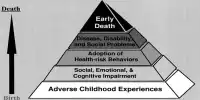The primary cannabinoid in cannabis, 9-tetrahydrocannabinol (THC), causes intoxication and impaired function, which has consequences for traffic, workplace, and other situational safety risks. There are currently no evidence-based methods for detecting cannabis-impaired driving, and current field sobriety tests with gold-standard drug recognition evaluations are time-consuming and may be biased.
According to a new study, imaging brain activity with functional near-infrared spectroscopy may provide a more accurate and reliable way to distinguish impairment from cannabis intoxication.
Researchers at Massachusetts General Hospital (MGH) discovered that a noninvasive brain imaging procedure can be used to identify individuals whose performance has been hampered by THC, the psychoactive ingredient in cannabis. The technique employs functional near-infrared spectroscopy (fNIRS) imaging technology to measure brain activation patterns that correlate to impairment from THC intoxication. The procedure, as reported in the journal Neuropsychopharmacology, could have significant implications for improving highway and workplace safety.
The increased use of cannabis as a result of legalization has created an urgent need for a portable brain imaging procedure that can distinguish between impairment and mild intoxication from THC. “Our research represents a novel direction for impairment testing in the field,” says lead author Jodi Gilman, PhD, an investigator at MGH’s Center for Addiction Medicine. “Our goal was to see if cannabis impairment could be detected on an individual level based on brain activity. This is a critical issue because a ‘breathalyzer’ approach will not detect cannabis impairment, making it very difficult to objectively assess THC impairment during a traffic stop.”
Identifying acute impairment from THC intoxication through portable brain imaging could be a vital tool in the hands of field police officers. The accuracy of this method was confirmed by the fact that 76 percent of the time, impairment was determined by machine learning models using only information from fNIRS matched self-report and clinical assessment of impairment.
A. Eden Evins
THC has been shown in previous studies to impair cognitive and psychomotor performance, both of which are required for safe driving, a factor that is thought to at least double the risk of fatal motor vehicle accidents. The problem for scientists is that THC concentrations in the body do not correspond well to functional impairment. One reason for this is that people who use cannabis frequently have high levels of THC in their bodies and are not impaired. Another point to consider is that THC metabolites can remain in the bloodstream for weeks after the last cannabis use, far beyond the period of intoxication. As a result, a new method for determining impairment from cannabis intoxication is required.
In the MGH study, 169 cannabis users had their brains imaged using fNIRS before and after receiving either oral THC or a placebo. Participants who reported intoxication after receiving oral THC had higher oxygenated hemoglobin concentrations (HbO) – a type of neural activity signature from the prefrontal cortex region of the brain – than those who reported little or no intoxication.

“Identifying acute impairment from THC intoxication through portable brain imaging could be a vital tool in the hands of field police officers,” says senior author and principal investigator A. Eden Evins, MD, MPH, founding director of the Center for Addiction Medicine. “The accuracy of this method was confirmed by the fact that 76 percent of the time, impairment was determined by machine learning models using only information from fNIRS matched self-report and clinical assessment of impairment.”
While the study did not specifically evaluate fNIRS in roadside assessments of impaired driving, it did highlight significant benefits for such an application. These include the possibility of low-cost, lightweight, battery-powered fNIRS devices that allow data to be stored on wearable recording units or wirelessly transmitted to a laptop. Furthermore, fNIRS technology could be integrated into a headband or cap, requiring minimal set-up time.
“Companies are developing breathalyzer devices that only measure cannabis exposure but not cannabis impairment,” says Gilman. “We need a method that does not penalize medical marijuana users or others who have insufficient cannabis in their systems to impair their performance. While more research is required, we believe that brain-based testing could provide an objective, practical, and much-needed solution.”
It is difficult to determine whether a driver is under the influence of marijuana. Standardized field sobriety tests, which are used to predict alcohol levels, are ineffective for predicting marijuana intoxication. THC and its metabolites in blood and urine do not appear to be related to marijuana intoxication.
More research is unquestionably required. The 76 percent accuracy rate did not account for the NHTSA-reported lack of correlation between a person’s subjective high feeling and their performance on psychomotor skills. Drivers should not be prosecuted for marijuana DUI (also known as ‘OVI’ in Ohio) based on technology that is only 76 percent accurate. Nonetheless, this brain imaging method of detecting THC intoxication shows promise and is clearly superior to field sobriety testing and blood and urine THC levels.
















